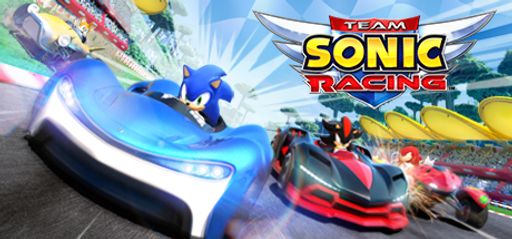I set out on another daring exploration into arcade racing with Team Sonic Racing, a game that promised fast-paced competition and a unique team dynamic. As an experienced gamer in open environments and competitive games, I wanted to see if this title could deliver the intensity and strategy that fellow gamers crave. Developed by Sumo Digital and published by SEGA, the game was released on May 21, 2019, and earned mostly positive reviews from both new and longtime players. However, my journey through its twists, turns, and team challenges brought a mix of triumph and disappointment.
Overall Impressions
Team Sonic Racing tries to mix arcade-style racing with a cooperative twist. I appreciated the vibrant track designs and strong focus on teamwork from the start, which sets it apart from many racing games. The game taps into the nostalgic energy of Sonic the Hedgehog. Yet, as I raced through its carefully designed circuits and team challenges, I found that some parts did not meet the high standards set by previous titles. While the game excels in visuals and audio, certain core mechanics left me feeling that the adventure could have been even greater.
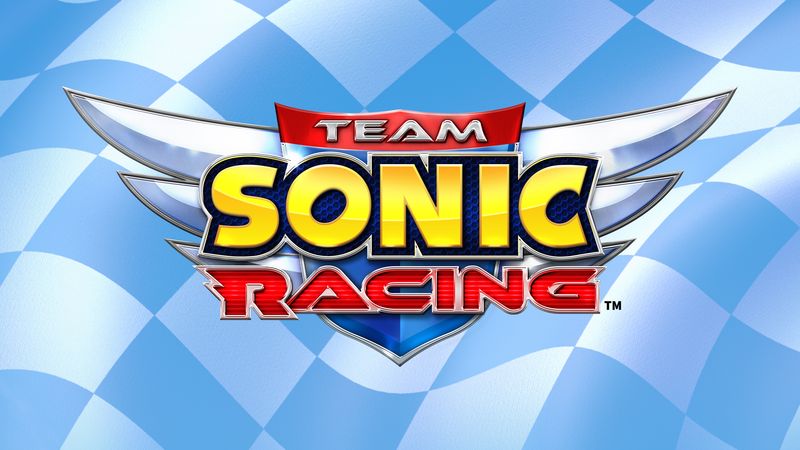
Gameplay Mechanics
The driving experience in Team Sonic Racing is a tribute to classic arcade racing. The controls are smooth and responsive, which kept me engaged early on. Racing with friends and computer teammates added strategic depth, as I had to coordinate moves while chasing victory. The team mechanics stood out and brought a fresh twist to a genre usually focused on solo play.
Still, the racing dynamics have some flaws. Many sessions reminded me of player reviews: the sense of speed often feels low. Tracks with wide lanes and long turns, though beautiful, sometimes weaken the chase’s intensity. Boost pads and drifting, meant to boost adrenaline, did not have the complexity I have seen in other racing games. Additionally, overactive AI rubberbanding sometimes disrupted the flow of a hard-fought race. These issues, while not show-stoppers, did lessen the thrill of the competition.
Story and Characters
One ambitious part of Team Sonic Racing is its effort to include character dynamics in the racing narrative. The game features a cast of familiar characters, each with distinct quirks. As a fan of gaming lore, I enjoy when story elements enhance the experience. Unfortunately, the character interactions and story updates are a mixed bag. SEGA’s effort to give Sonic and his friends a unique presence is clear, but the in-game dialogue sometimes lacks the depth and wit that defined earlier versions of the franchise.
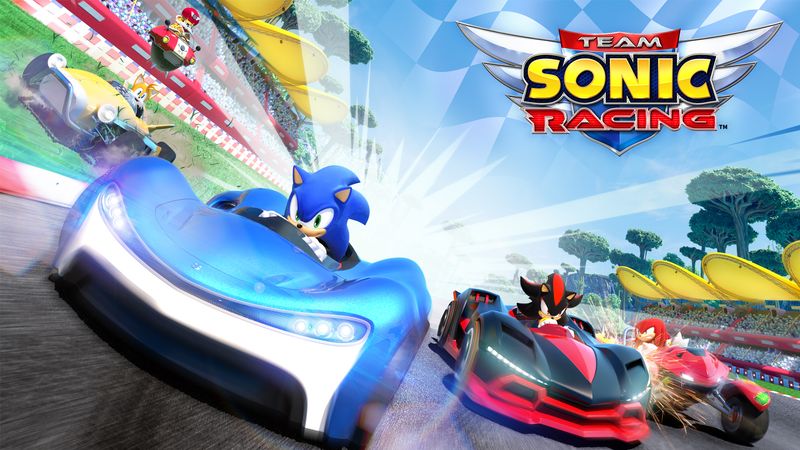
During the story stages, I missed the clever banter and engaging narrative found in similar titles. Instead, the characterization often felt one-dimensional. The attempt to add humor to the racing commentary sometimes became repetitive, which reduced the narrative’s excitement. Although the voice acting and character design are polished, the light story elements do not fully elevate the game’s immersive quality. It is clear that while the developers had good intentions, the execution falls short.
Visuals and Graphics
Visually, Team Sonic Racing is a strong contender. The artwork is vibrant and detailed, and the tracks balance both aesthetics and gameplay. Colorful environments—from futuristic cities to lush landscapes—show SEGA’s commitment to creating immersive worlds. The graphics set the tone and enhance the overall atmosphere, offering a racing experience that is both engaging and delightful.
Even with these high points, some critics note that the graphics, while improved from previous entries, do not fully push today’s market boundaries. Still, during my races, the visual design proved to be one of the game’s strongest features, showcasing Sumo Digital’s artistic vision.
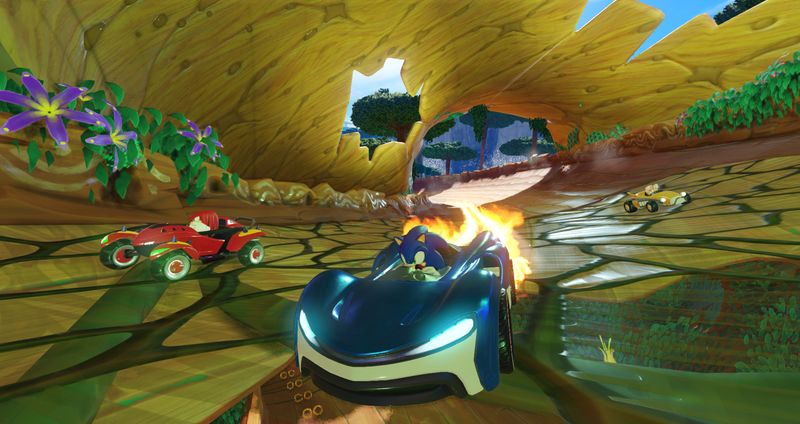
Sound and Music
The sound experience in Team Sonic Racing deserves special mention. The soundtrack is upbeat and energetic, matching the fast pace of the races. Sound effects, such as collision impacts, engine roars, and crowd cheers, create an exhilarating and immersive atmosphere.
However, the audio is not without its flaws. Some players have criticized the repetitive in-race commentary and one-liners from the characters. This repetition can sometimes distract from the otherwise dynamic soundscape. During my races, I occasionally wished for a fresh, humorous perspective like that found in other sports titles. Despite this, the overall sound design remains a key part of the game’s presentation.
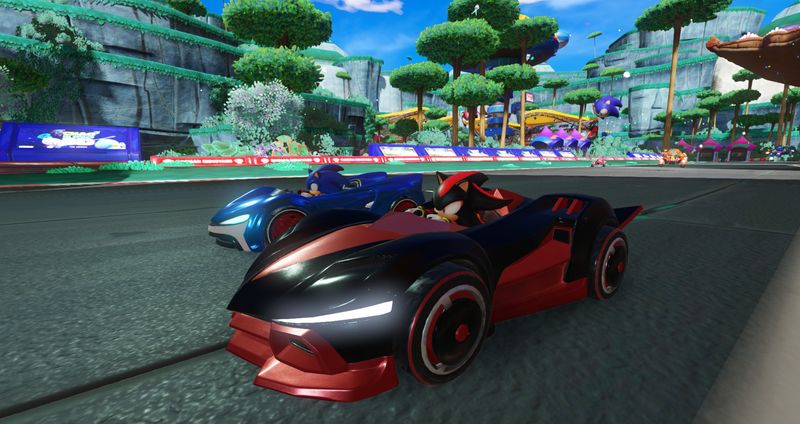
Difficulty and Replayability
Team Sonic Racing finds a middle ground in terms of challenge. The game leans toward a casual experience rather than a strict test of skills. For fans who want a deep and challenging racing simulation, the easy drifting and generous boost systems may seem underwhelming. While the simple controls make it accessible for newcomers, experienced players might be disappointed by the lack of a steep learning curve.
Even with these trade-offs, the team tactics add replay value. Cooperative play encourages you to try new strategies and support your team while staying competitive. Though individual racing is sometimes marred by uneven AI behavior, the team races offer a unique twist. Feedback from many players, including my own, suggests that the gameplay could improve with more refined difficulty settings and better recognition of skilled play.
Final Thoughts and Rating
Team Sonic Racing is a testament to SEGA’s willingness to revisit and innovate within the Sonic racing legacy. My journey through its vibrant tracks, engaging team mechanics, and charming but occasionally shallow characters left me with mixed feelings. The game impresses with its visual style and evocative soundtrack, but it struggles in key areas like fluidity, intensity, and control precision.
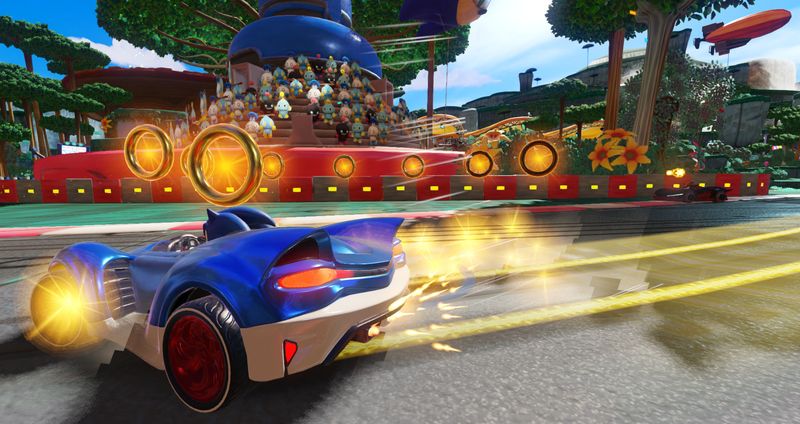
Team Sonic Racing is a game of contrasts. It carries the weight of its historic roots and promises innovation, yet it is held back by some missteps in gameplay and narrative depth. For those who enjoy Sonic’s nostalgic world or are curious about team-cooperative racing, it is worth a try. However, seasoned racers looking for intense competition might prefer the franchise’s earlier successes.
After weighing its merits and drawbacks, I give Team Sonic Racing 3 out of 5 stars. While it offers memorable moments and notable improvements, it does not fully capture the hearts of dedicated racing fans. My advice to fellow gamers remains: try the game, but keep your expectations balanced between innovation and the legacy of Sonic’s racing adventures.
Team Sonic Racing is a spirited ride—one that invites both praise and reflection. As I continue my quest for racing excellence, I hope future updates or sequels will unlock the full potential hinted at beneath its polished surface.

